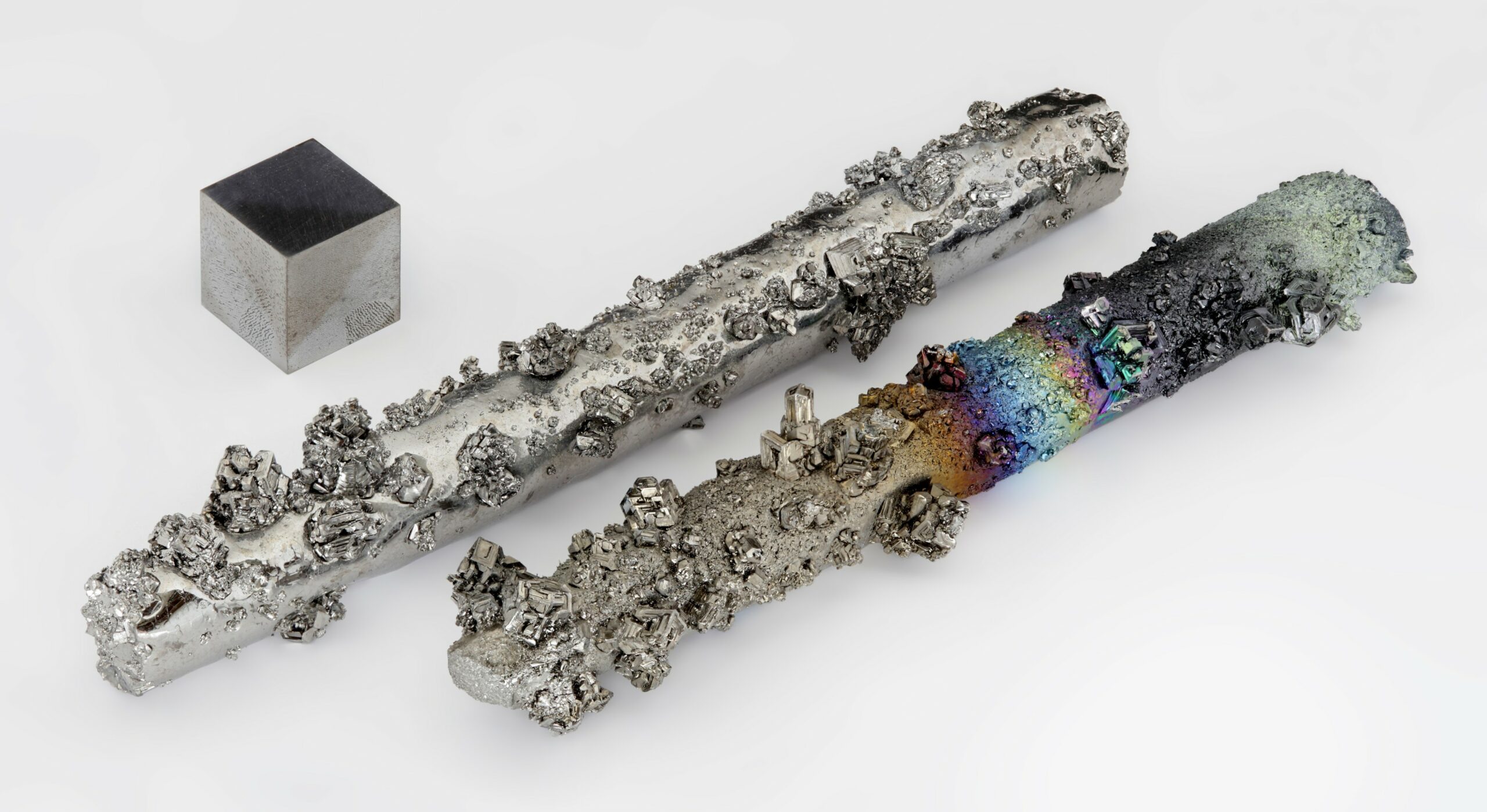The title of the strongest metal on Earth is often attributed to Tungsten, due to its highest tensile strength and melting point of any pure metal. Known for its robustness and durability, tungsten plays a crucial role in various industrial applications, ranging from manufacturing to technology. This article delves into the properties that make tungsten the strongest metal, its applications, and how it compares to other contenders for the title of the strongest metal.

Understanding Tungsten’s Strength
Tungsten, with the chemical symbol W and atomic number 74, is a remarkable metal that stands out for several reasons. Its tensile strength, which measures the resistance of a material to breaking under tension, is the highest among all pure metals. This strength is complemented by its extraordinary melting point of 3422°C (6192°F), making it exceptionally resistant to high temperatures.
Applications of Tungsten
The unique properties of tungsten have made it invaluable in a wide array of applications:
- Manufacturing: Tungsten is used in the production of hard materials like tungsten carbide, one of the hardest carbides, which is used to make cutting tools for machining metals and other materials.
- Lighting: Before the advent of LED technology, tungsten filaments were commonly used in incandescent light bulbs due to their ability to withstand high temperatures.
- Electronics: Its high melting point and conductivity make tungsten useful in electronic and electrical applications, including in the construction of electrodes and contacts.
- Aerospace and Defense: The density and strength of tungsten make it an ideal material for use in military applications, such as in projectiles and armor.
Comparing Tungsten to Other Metals
While tungsten is renowned for its strength and high melting point, other metals and alloys are notable for their own remarkable properties. For example:
- Steel: Various steel alloys, particularly those that are tempered or contain other elements like chromium and vanadium, can exhibit impressive strength and durability.
- Titanium: Known for its strength-to-density ratio, titanium is lighter than tungsten but offers significant strength and corrosion resistance, making it a favorite in aerospace and medical implants.
- Osmium: Among the densest elements on Earth, osmium has a high compressive strength but is much less common and more difficult to work with than tungsten.
The Significance of Tungsten’s Strength
The strength of tungsten is not just a matter of academic interest; it has practical implications for technology and industry. The ability to withstand extreme conditions without deforming or melting means that tungsten can be used in environments and applications that would be prohibitive for lesser materials. This has led to innovations in manufacturing, military technology, and even space exploration.
Future Directions
As technology advances, the demand for materials that can perform under even more extreme conditions grows. While tungsten currently holds the title of the strongest metal in terms of tensile strength and melting point, ongoing research in materials science may eventually lead to the development of new alloys or composite materials that could surpass it.
Researchers are exploring combinations of metals at the nanoscale, where the properties can differ significantly from bulk materials, as well as investigating entirely new classes of materials, such as carbon nanotubes and graphene, which exhibit extraordinary strength.
Tungsten’s status as the strongest metal on Earth is a testament to its extraordinary physical properties, which have made it indispensable in a range of industrial, technological, and military applications. Its unparalleled tensile strength and melting point set it apart from other metals, ensuring its continued relevance in the face of technological advancements. As the search for even stronger and more versatile materials continues, tungsten’s legacy as a foundational element of modern engineering and manufacturing is secure, symbolizing the relentless human pursuit of materials that push the boundaries of what is possible.

